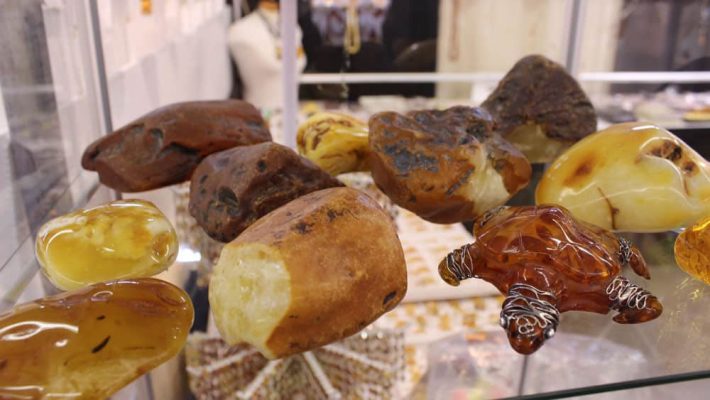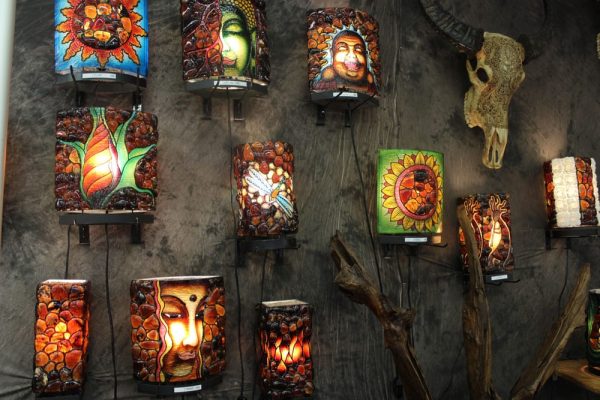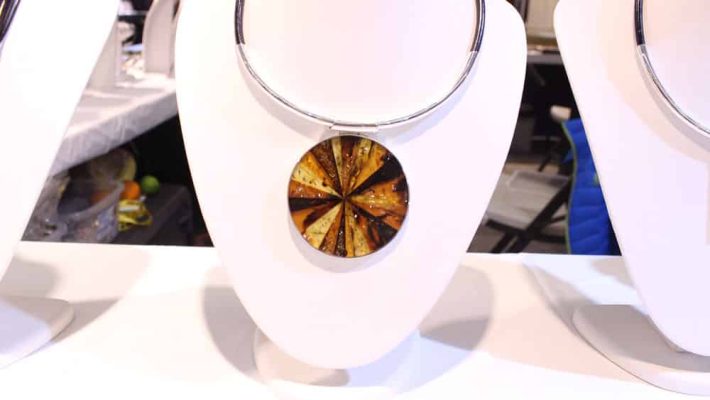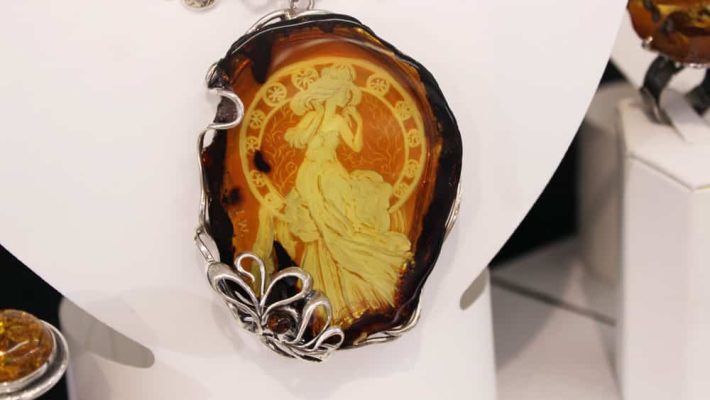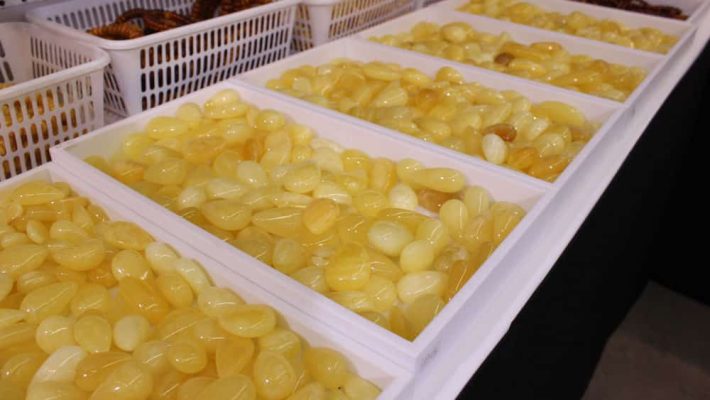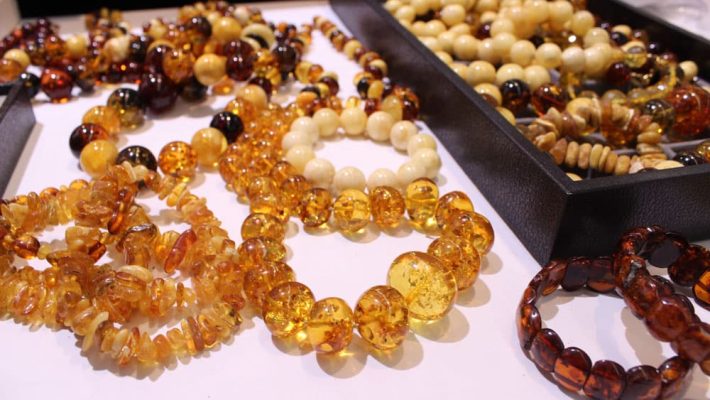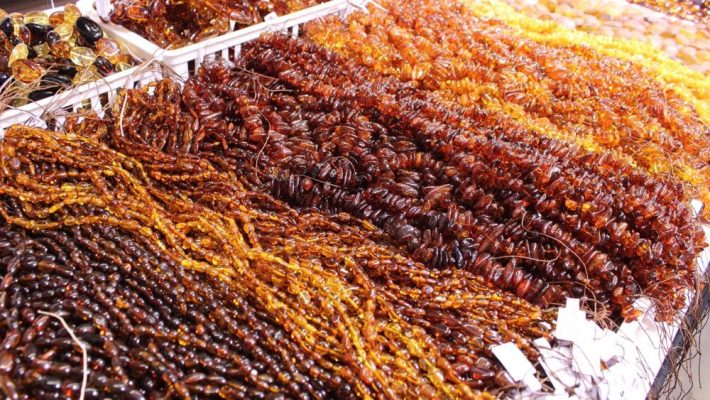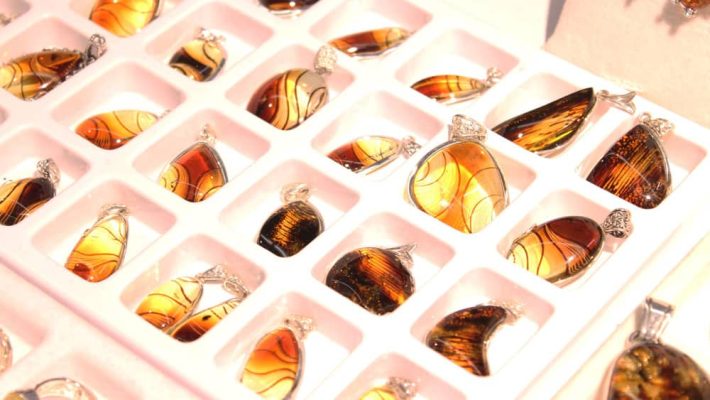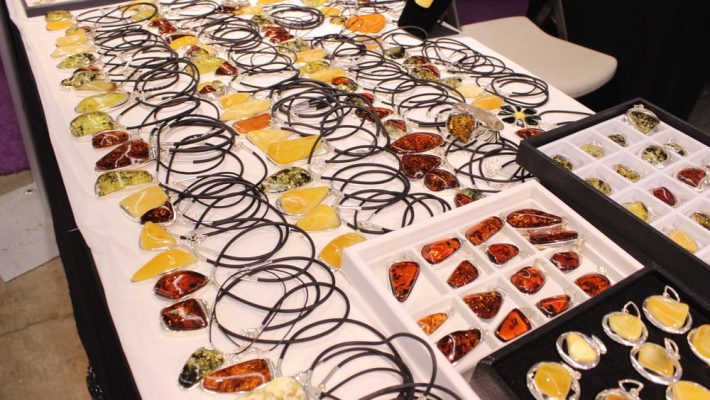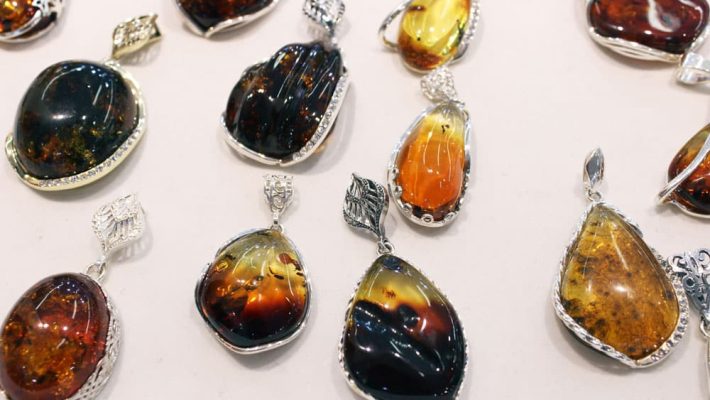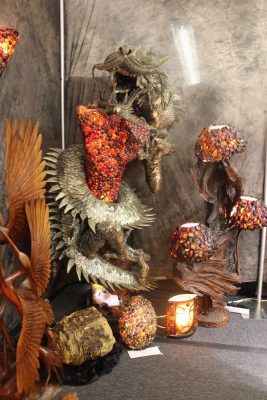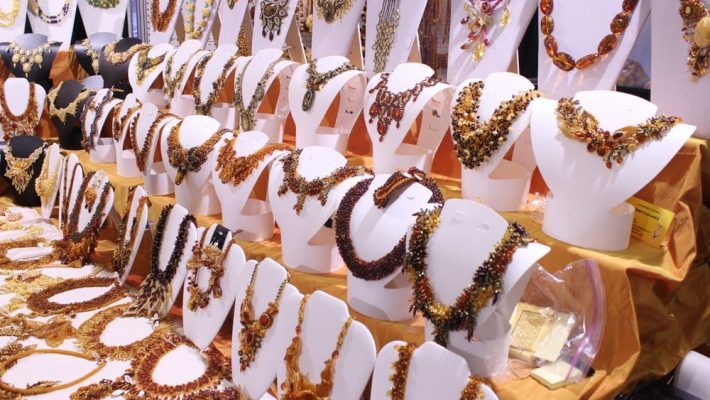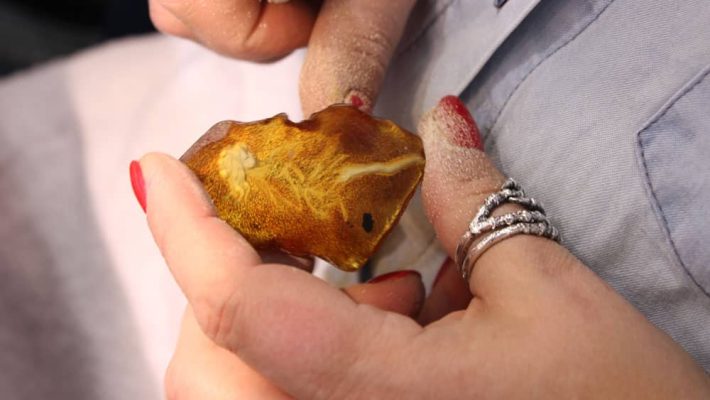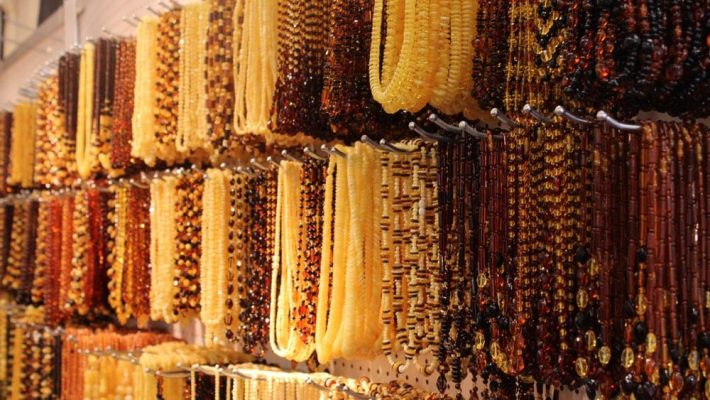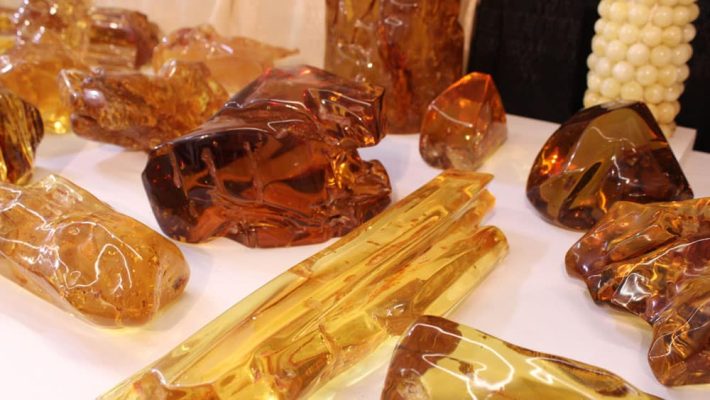Amber Pavilion
Tucson Gem Show Amber Jewelry
The JOGS Tucson Show is well known in the jewelry show industry for it’s amazing Amber Pavilion. The JOGS Amber Pavilions during the Tucson Gem Show features the world’s top amber designers, manufacturers, figurine carvers, cameo carvers, bead designers, rough amber dealers and specimens collectors.
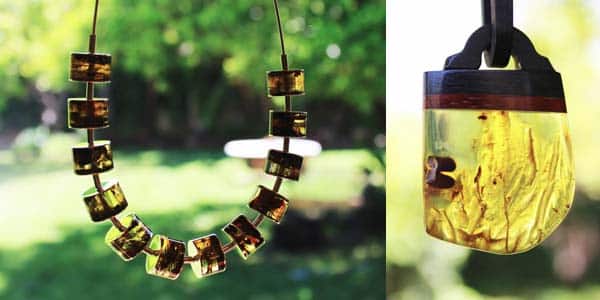
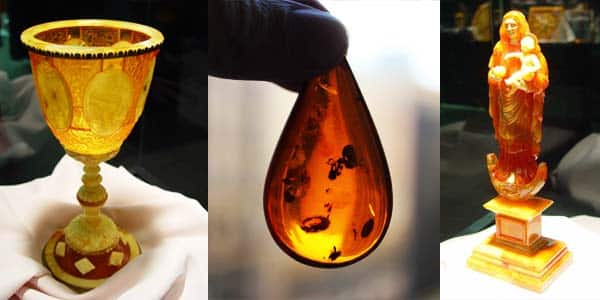
Amber Pavilion
This is a must see pavilion with amber dealers from Poland, Lithuania , Russia, Colombia as well as US top amber importers. Every year you can find something different here- amber statue or a unique specimen, limited edition cameos, 8 kilo amber chess set, amber silverware and much more.
In 2004 JOGS Amber Pavilion had Amber Room Museum Exhibit with fragments from the real amber room and carvings onsite by the director of the museum! In 2005 JOGS Show had a Amber Fashion Show daily with a catwalk , clothing line designed for Ambermoda renowned jewelry designer. In 2010 there was a sculpture sold by a carver who created a larger sculpture for the Vatican. Visiting this pavilion is a must for everyone visiting Tucson Gem Show.
Facts about one and only gemstone Amber
Amber is a petrified tree resin from a family of coniferous trees. Formation of amber is really fascinating: heat, pressure, oxygen and light exposure are the contributing factor in creation of amber and the main and the most important factor is time. Amber is like a time capsule that lets us take a glimpse into the prehistoric times-resin would trap everything it touched before it had a chance to harden. Amber is the only stone that is not cold to touch and is very light in weight and is considered a soft stone.
- Baltic amber contains 3-8% succinic acid, a scientifically examined medical substance used in contemporary medicine
- The oldest amber dates back to 320 million years ago
- Archaeologists find amber beads even in Egyptian pharaoh tombs dating back to 3400-2400 BC
- In Greece and in the Roman Empire amber was called “northern gold”
- People have used amber in jewelry since 11,000 years ago
- Amber helps children to ease the pain during teething. The succinic acid inside amber is a natural pain reliever
- Amber acts as an anti-inflammatory agent and has a soothing effect on the central nervous system
- Frogs, lizards, geckos, as well as snake skins, bird feathers, the hair and bones of mammals, and various plant materials have been preserved in amber
- Ancient Romans were paying higher prices for small piece of amber than for even healthy slaves, and were sending their best men to conquer and control amber producing areas
- Women of northern Italy (79 AD) wore amber beads to treat thyroid. Traditional Medicine established that the amber beads (for treatment purpose) must be untreated, free of clay particles and small grains
- Amber can be presented in 300 different colors
- Unlike minerals and glass, amber is warm against the skin

